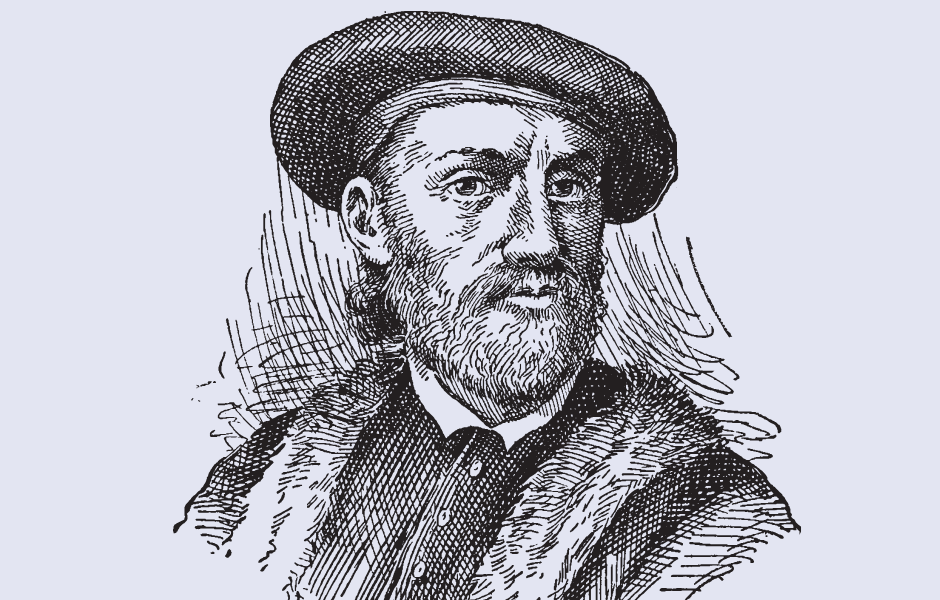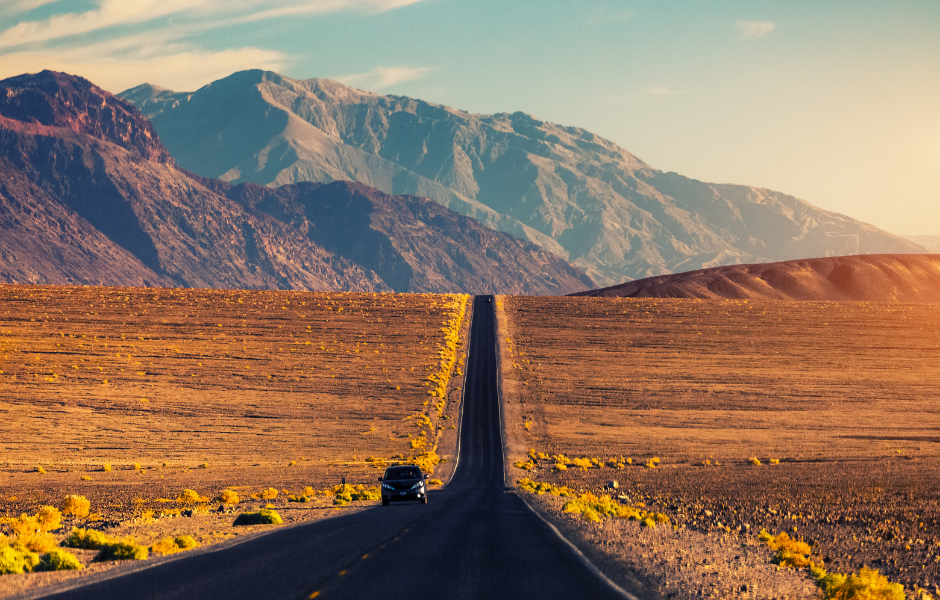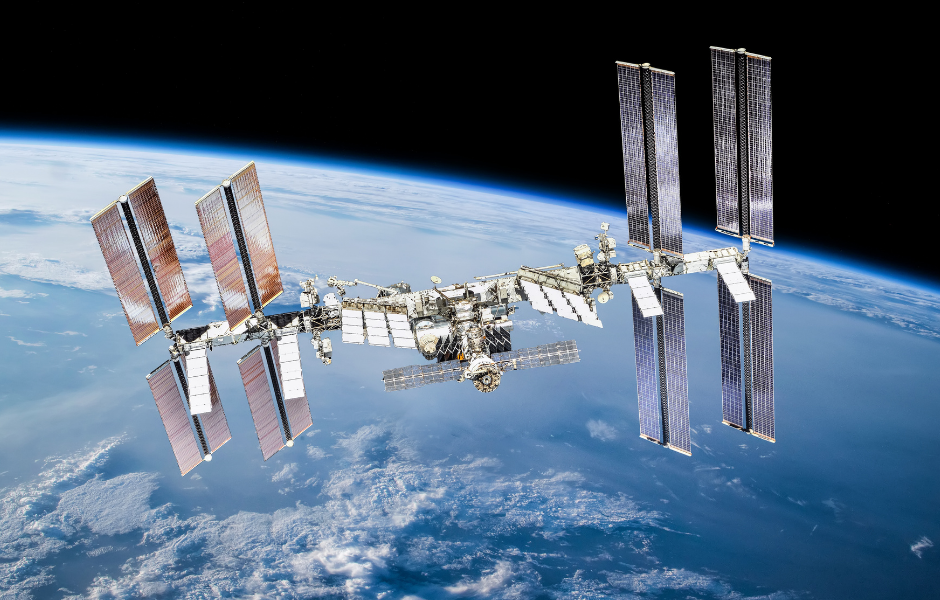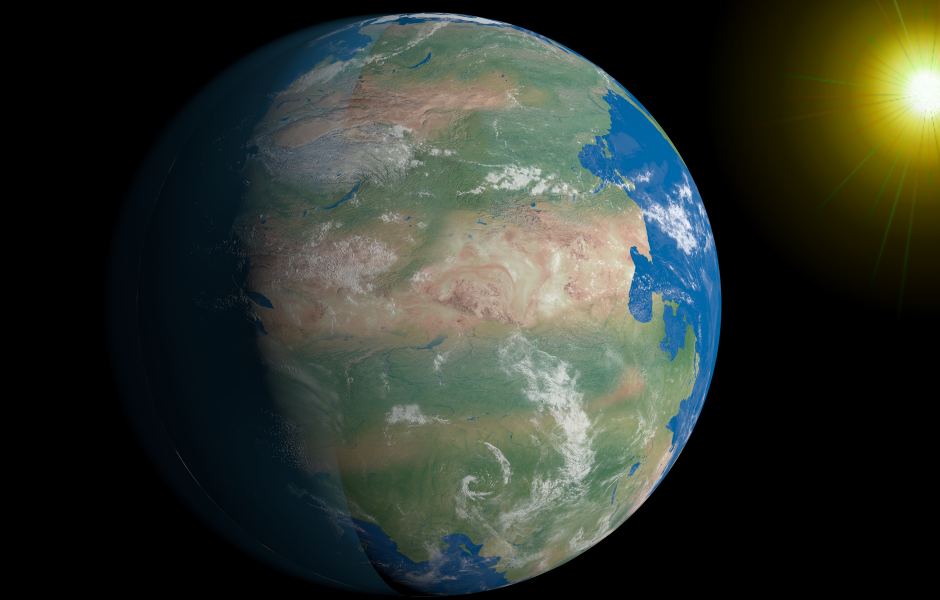
This children’s article, A Kids’ guide to Pangaea: Earth’s prehistoric supercontinent, has been written for native English speakers and learners of English as a second or foreign language. It can help children build vocabulary, learn about Earth’s ancient history, and understand how continents move. Written by Mark Pulley, a teacher and writer who creates fun and informative news articles for English learners.
A supercontinent adventure
A long, long time ago, over 250 million years ago, the world looked very different. There weren’t seven continents like we have today. Instead, all of the land was joined together. It was called Pangaea.
Pangaea (pronounced pan-JEE-uh) means “all the Earth.” It was a supercontinent made up of all the land on Earth squished together like one giant jigsaw puzzle.
Where was it?
Pangaea sat in the middle of the Earth’s surface. You could have walked from what is now Africa to Antarctica without ever getting your feet wet! Asia, Europe, the Americas, Australia, they were all stuck together.
This giant supercontinent was surrounded by a huge ocean called Panthalassa.
Why did it break apart?
Pangaea didn’t last forever. About 200 million years ago, it began to break into pieces. These pieces slowly moved away from each other over millions of years, pushed by powerful forces deep under the Earth’s surface. This slow movement is called continental drift.
It’s why South America and Africa fit together like puzzle pieces. They used to be neighbours!
0Even today, the continents are still moving, just very, very slowly. Your house moves a few centimetres every year, even if you don’t feel it!
Why is it important?
Studying Pangaea helps scientists understand how the Earth works. It shows us that our planet is always changing. It also helps explain why some animals and plants from different continents look so similar; they were once part of the same land.
Pangaea might be gone, but its story is still written in the rocks beneath our feet.
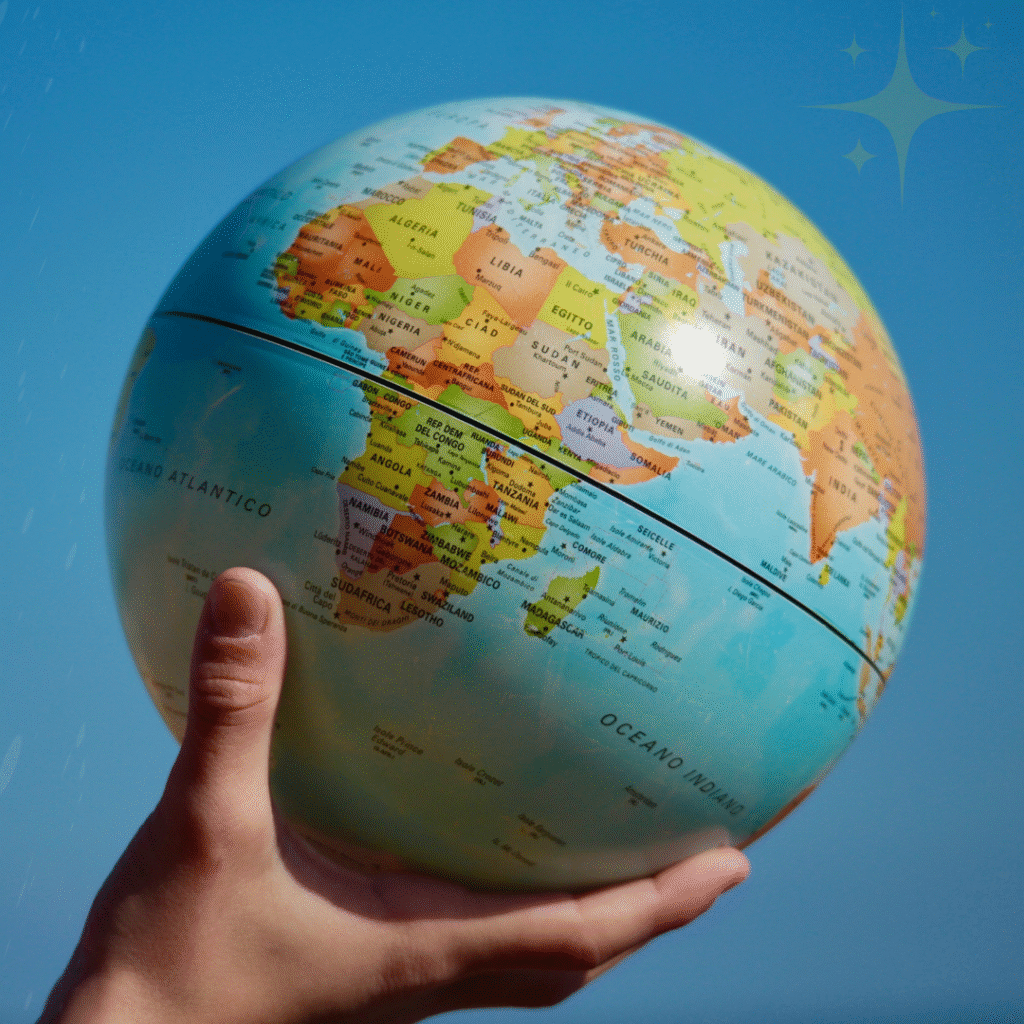
Article vocabulary list
- Pangaea – a supercontinent that existed over 250 million years ago
- Supercontinent – a huge landmass made of all the continents joined together
- Jigsaw puzzle – a game with pieces that fit together to make a picture
- Panthalassa – the large ocean that surrounded Pangaea
- Continental drift – the slow movement of Earth’s continents
- Neighbours – people or places next to each other
- Scientists – people who study how the world works
- Similar – nearly the same
- Beneath – under something
Comprehension questions
Just click the plus (+) to see the answer
1. What was Pangaea?
A) A giant ocean
B) A supercontinent
C) A type of dinosaur
Answer: B) A supercontinent
2. How many continents made up Pangaea?
A) Just one
B) Three
C) All of them
Answer: C) All of them
3. What surrounded Pangaea?
A) Mountains
B) Panthalassa
C) Deserts
Answer: B) Panthalassa
4. What caused Pangaea to break apart?
A) A big storm
B) Dinosaurs
C) Continental drift
Answer: C) Continental drift
5. Are the continents still moving today?
A) No
B) Yes, but very slowly
C) Only during earthquakes
Answer: B) Yes, but very slowly

Mark is a writer and EFL teacher from England with eight years’ experience. He’s passionate about travel, sport (especially football), animals, nature, and history, and enjoys helping children explore the world through language and learning.

